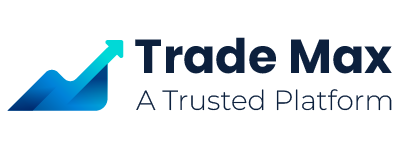When is the next stock market crash taking place?
It’s a question I get asked often since I wrote “A History of the United States in Five Crashes — Stock Market Meldowns That Defined a Nation.” Until now, I’ve always been able to counsel that stock market crashes are comfortingly rare events that occur only when elements align, and that a crash is unlikely in the near future. Is this still the case?
It’s always helpful to examine the elements that foster a crash.
The first is a frothy stock market.
It is no accident that the first modern stock market crash, the Panic of 1907, occurred after the biggest two-year rally in the history of the Dow Jones Industrial Average. The benchmark gained 95.9% from 1905 to the end of 1906. The crash in 1929 occurred after the second-largest two-year rally ever, up 90.1% from 1927 to 1928. More recently, the S&P 500 was up 43.6% for the year on Aug. 25, 1987, and the largest crash in history occurred 38 trading days later, wiping away all those gains and more.
The second element for a potential crash is rising interest rates. It was the Federal Reserve that pushed short-term interest rates from 1% in May 2004 to 5.25% in September 2006 and unsettled the shadow economy — while making stocks less attractive, as you could make a decent return with no risk by buying T-bills.
The third element is some newfangled financial contraption that injects leverage into the financial system at the worst possible time. In 1987, it was the ill-named portfolio insurance — which was really just a scheme to sell stocks or stock index futures in increasing numbers as the market fell. In 2008, it was mortgage-backed securities and their metastatic offspring such as collateralized debt obligations, collateralized loan obligations and credit default swaps. During the 2010 flash crash it was naive algorithmic trading and the even more naive institutional users who again failed to think about capacity issues.
The most capricious element is a catalyst. That often has nothing to do with financial markets. In 1907, it was the San Francisco earthquake. During the flash crash, it was turmoil in the euro zone that nearly resulted in the collapse of the common European currency. Sometimes the catalyst is legal or geopolitical.
But, for the first time in more than a decade, the elements for a crash are aligning. This certainly doesn’t mean one is inevitable. The elements are necessary, not sufficient, but they’re there.
The S&P 500 has rallied 140% since March 2020, and its forward price-to-earnings ratio is now 20.3. This is only the second time it’s been above 20 since 2001, FactSet data shows.



